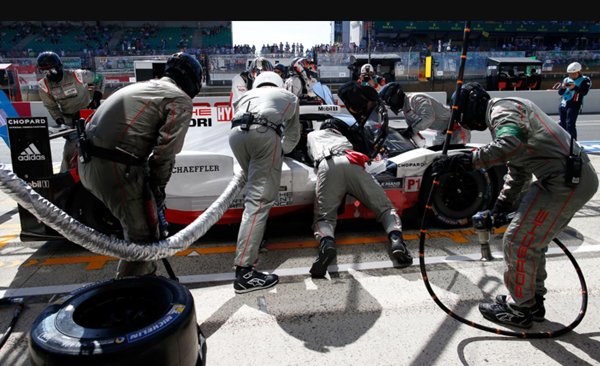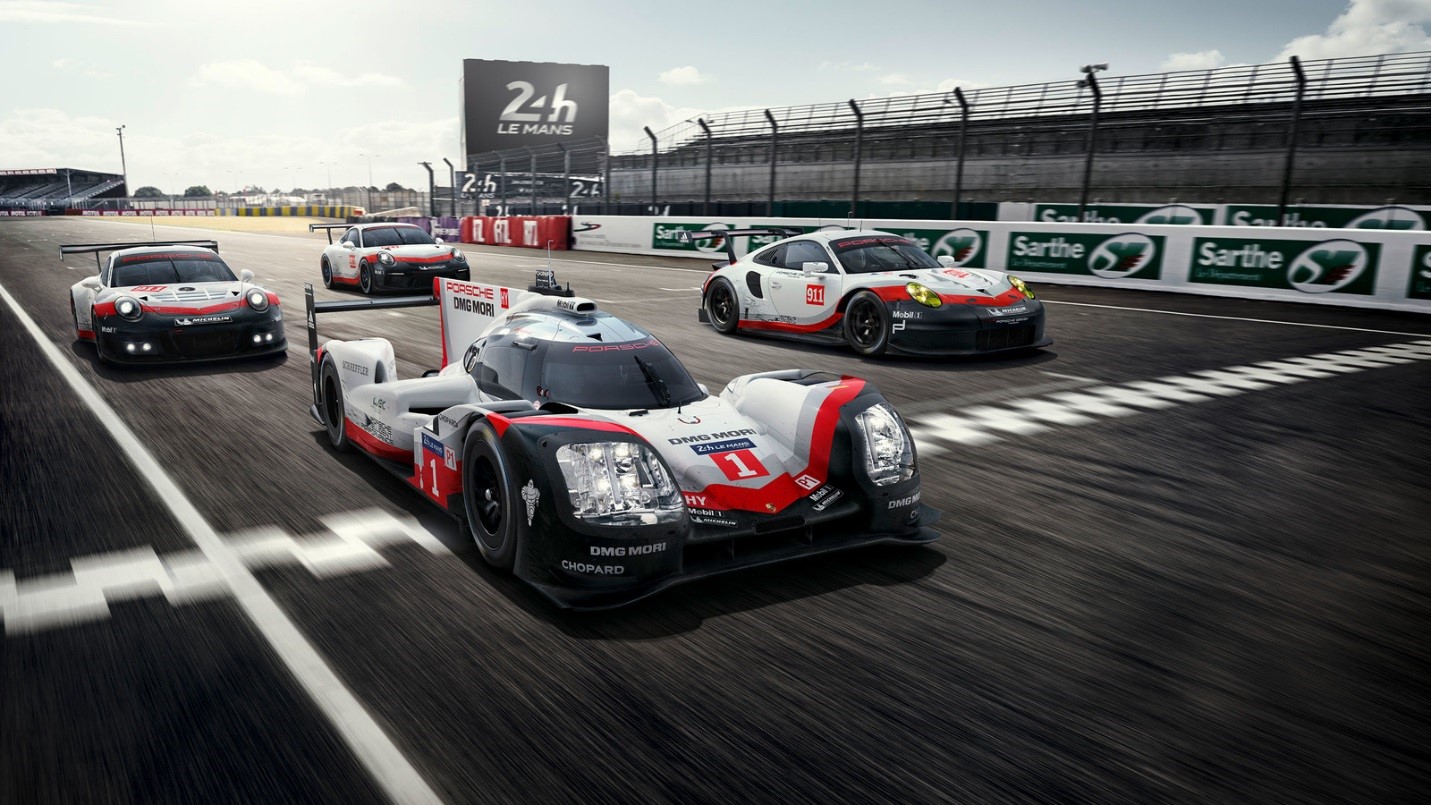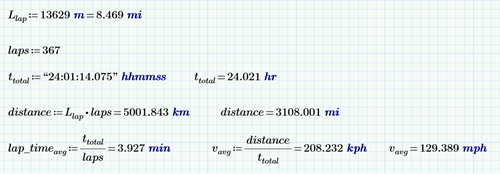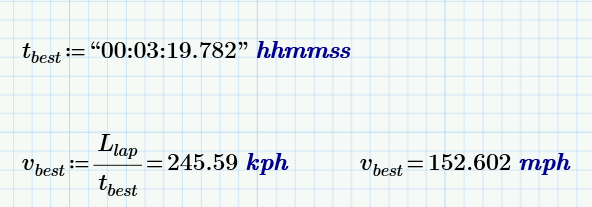
If you have ever driven a Porsche (I, personally, have not), you may have initially been confused about how to start the car, since the ignition switch isn’t where you’d expect it to be: it’s on the opposite side of the steering column. Why? Does Porsche just really like being different for no apparent reason?
The reason actually comes from the history of the 24 Hours of Le Mans race that occurs every year near Le Mans, France. It is, as you may have guessed from the name, a 24-hour long race. Instead of trying to be the first car to complete a certain number of laps, the winning car must complete the most laps within a 24-hour period. While other racing events focus only on speed, Le Mans is an endurance race, which means that competing cars need to be both fast and durable.

Combining the need for durability with the fact that many of the competing cars are sports car prototypes made by common automobile companies means that many of the innovations made for races like 24 Hours of Le Mans ultimately end up in commercially sold models.
And that brings us back to Porsche. Initially, the race began with all of the cars in place along the pits and the drivers over to the side. When the flag was dropped, drivers ran to their cars to get in, ignite, and go.
This led to an innovation by Porsche, who placed the ignition switch on the left side (in a left-hand car) of the steering wheel so that the driver could start the car and shift the transmission into first gear at the same time, thereby saving precious time.
The starting process of Le Mans has since changed, eliminating the need for this time-saving strategy, but the design stuck, making left-side ignition switches the norm for Porsche.
This month marked the 85th edition of the 24 Hours of Le Mans race, and although Toyota teams led the pack for much of the race, they met an unfortunate end as the two Toyota leads both were removed from the race in the 10th hour due to mechanical failures. This opened up a path to victory for one of the Porsche teams, driving a Porsche 919 Hybrid prototype.

The technology on that car is incredibly impressive, and while I don’t have time to talk about it here, I certainly encourage you to go take a look for yourself.
I thought it would be fun to investigate some of the numbers from the race results. Nothing too crazy, but let’s take a look, shall we?
First, some data. One lap in Le Mans is 13,629 meters (8.469 mi). The victorious car completed 367 laps in a total time of 24 hours, 1 minute, and 14.075 seconds. Using those pieces of information, we can calculate that the total distance driven by the Porsche was 5,001 km (3,108 mi)!

Note that I’m using the “hhmmss” unit (which is a scaling function rather than a normal unit) above. This allows me to enter the time in string form as I might see on a stopwatch.
After a few more simple calculations, we can see that their average lap time was 3.9 minutes per lap, with an overall average speed of 208 kilometers per hour (129 mph)!
Me personally, the fastest I’ve ever gone is probably 160 kph (shhh don’t tell), but to go an average of 208 kph for 24 hours is hard to imagine. Again, that’s the average. The winning team’s best lap was completed in 3 minutes and 19.782 seconds, giving them an average speed of 245.6 kph (152.6 mph) that lap.

But those are just averages. What about the maximum speed reached through the duration of the race?
Well, the longest straight of the circuit is the Mulsanne Straight, so that’s where cars will hit top speed. It used to be a 6 km (3.7 mi) straight shot, but chicanes were introduced to slow drivers down for safety reasons, which means that now the top speed is around 320 kph (199 mph), though this year, the winning car’s top speed was 334.9 kph (208.1 mph), which is, you know, pretty fast, I guess.
If you’re looking for answers, you don’t have to wait for Luke to do the math. You can download PTC Mathcad Express for free and do your own calculations today. PTC Mathcad Express can not only give you quick and accurate results, it can also make all your calculations look like they sprung from a text book. Download your copy today!
